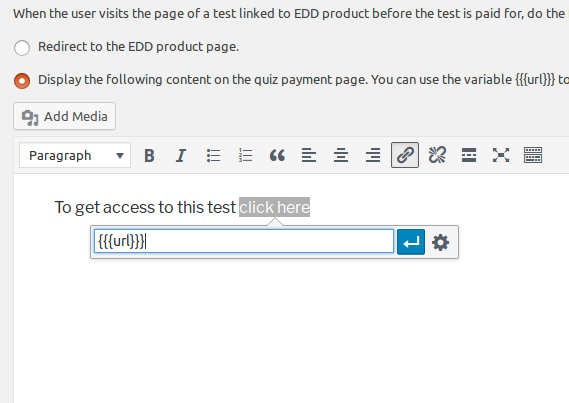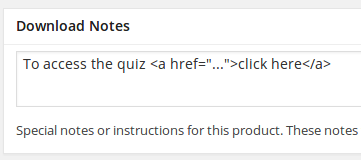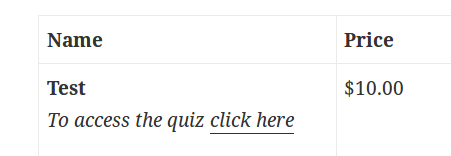This is the sixth article from the series “Business with content“. You can read the previous article here.
Paid newsletters are another rather old and never dying method of making business with premium content. It’s probably one of the first methods used from the times when sites were mostly static HTML pages and having a server side software on hand was expensive and clumsy. So people were sending newsletters using desktop programs for windows or even (for smaller customer base) one by one through their regular email client.
Now there are all kind of web apps and services for sending newsletters so that’s no more an issue at all. All you need to do is to figure out what kind of newsletter to make and to start working on it. Some ideas:
- Stock and forex picks. These could be daily or weekly, or at random times.
- Sport betting picks. With all kinds of picks you obviously must be really good and probably have to publish your average success rates.
- Email courses. Although this works better with online e-learning sites, there are still people who prefer sending courses entirely over email, using autoresponder software.
- Newsletters with discounts, special gifts etc. These are newsletters which are used to send discount codes or downloadable goods to the subscribes.
There are certainly more types of paid newsletters you can think about. Any premium content can be sent out as a newsletter which lets you control exactly how much content the customer receives over time.
The Good
The main advantage was just said: you control how much of your content is given to the subscriber. So if you are sending a course or other kind of pre-planned newsletter you know exactly how long the subscriber needs to stay subscribed to study the whole module. It’s not like in the membership sites where they could study / download the whole content quickly (unless you use some kind of delayed content access system).
Because all the content is delivered by email, it’s harder to pack it and upload on pirate sites. Of course it’s not impossible, but requires effort that most people won’t put. It’s even harder with any kind of picks newsletters because the pirate would need to re-email your content each time you send email. In general you have to worry much less about piracy issues than for example when selling info products.
Regardless what kind of premium newsletter you are sending you don’t have to prepare all your content in advance. It’s an ongoing process and all you need to do is to have the upcoming newsletter contents ready before you send it.
Finally, newsletters are typically just text and are easier to create. They generally require lower upfront investment than most of the other premium content business models.
The Bad
Creating a newsletter is usually an ongoing process. Unless yours is entirely based on pre-formatted autoresponder sequences, you need to prepare a new mailing campaign each week, month, or whatever period your newsletter is delivered on.
Newsletters often have lower perceived value unless your insights are really great / secret / unique. People rarely pay more than $20 – $30 monthly for premium newsletter (there ARE huge exceptions though).
Newsletters get no organic traffic because all the content is delivered by email. Unless you also publish the newsletter online after being sent but in many cases that will defeat the purpose. This can work however with stock / forex / sports picks: you can publish your content after the picks are no longer valid to demonstrate your success rates AND attract search engine traffic as well. Very powerful method if your picks are successful.
People often ignore email newsletters even when they paid for them, because the content gets delivered at time when they are busy. So it’s easier for them to forget to read it and at some moment to decide this newsletter has no value for them. This could lead to lower customer retention rates compared to other kind of subscription based content business.
The Ugly
Delivery problems and spam issues. This is huge problem with online newsletters and can cost you from few to 10%, 20% or more of your business. The more severe email filters become against spam, the lower overall delivery rates are. Of course, email service provides take measures and fight this but some percentage of your emails will never be delivered. Or with email clients like Gmail some will end up in the “Promotions” folder.
This is something you have to live with: there will be complains and refunds from paid subscribers who don’t get their newsletters. There will be users who unsubscribe because the email goes to the Bulk / Promotions folder and this cheapens its value. You’ll have to deal with all of this, and ensure the highest possible delivery rates of your newsletters.
You may prefer to use a service like MailChimp but they are expensive. If you are using your own newsletter / autoresponder software (like our Arigato for example), make sure to use reliable SMTP account. Combining a self-hosted software and reliable SMTP service like Amazon SES or Sendgrid is good and cost efficient method to get your premium newsletters delivered.
You can also have issues with the quality / formatting of your newsletter, displaying graphics etc. Email is a tricky matter so I recommend not making the design of your newsletter too fancy and having a backup online URL. This URL will need to be protected / contain unique code for each subscriber, otherwise it kills the incentive to pay for subscription.
Don’t let the few issues scare you off though. Running a premium newsletter is very suitable for some businesses and nearly the only good route for them. It’s also a low investment and relatively simple in terms of technology. Just make sure you have a customer acquisition strategy because your newsletter won’t usually generate any organic traffic from search engines.
In the next article we’ll talk about various mixes.


 Setting this will affect only EDD orders made after that. It will not make the quiz paid for customers who purchased the EDD before you connected the quiz to it.
Setting this will affect only EDD orders made after that. It will not make the quiz paid for customers who purchased the EDD before you connected the quiz to it.
 So after payment the user will see a link to the quiz:
So after payment the user will see a link to the quiz:
